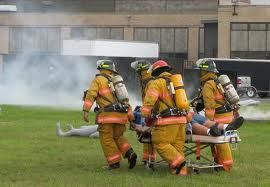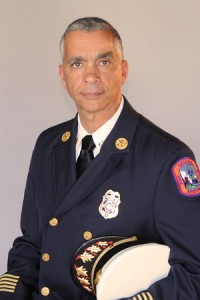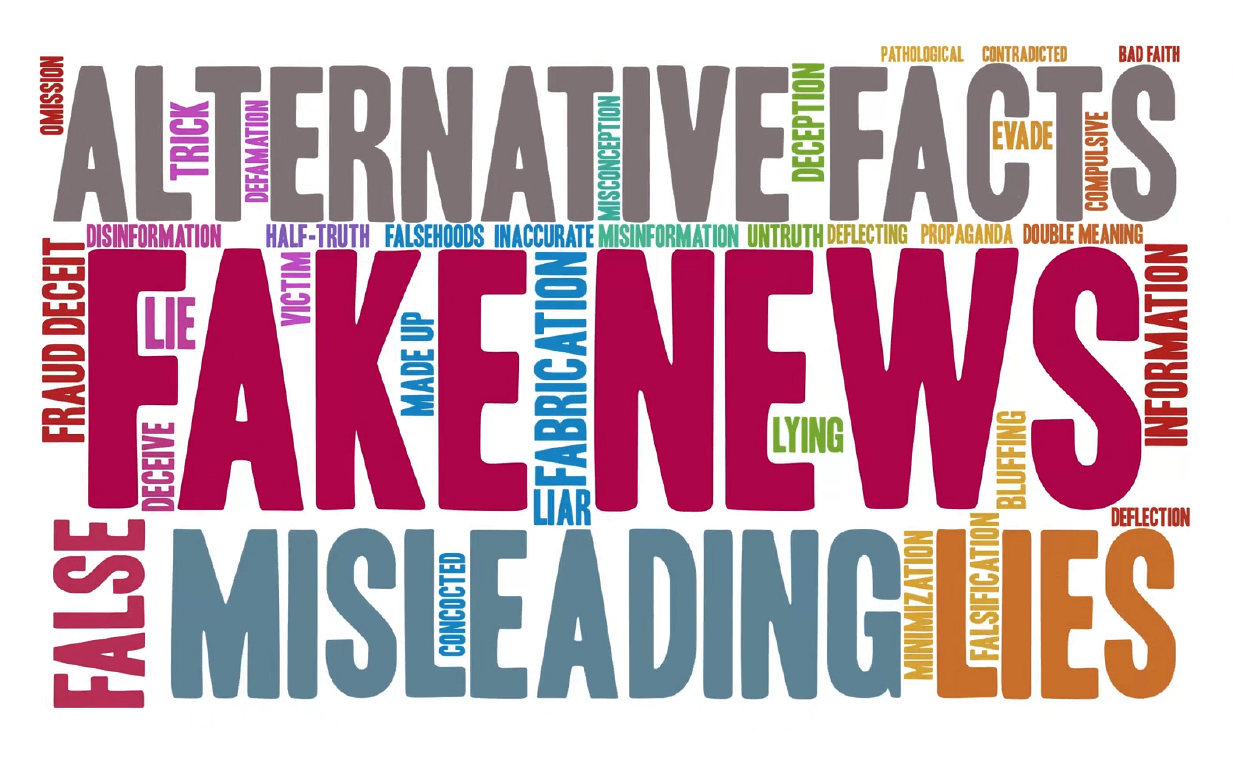Hello,
To keep you informed I have attached a factual document explaining our Regional Communication Center. Also, I would like to bring you up to speed. We all need to understand there is going to be a transition period for the Board and the Fire District. I have been working closely with the board and this started with tours of our facilities, equipment, and meeting some of our members. In addition, the Arizona Fire District Association (ADFA) conference in Laughlin created good dialogue between the board and me. They need the time to adjust and become informed and familiar with all of our operations and we will support them as needed. The Chairman is taking the lead and fulfilling his duty in managing the board members. He also has been referencing the Fire District as “our district” and “our members”, creating a sense of unity and not a separation of them and us. My goal is to create a solid working relationship with our new board and this will take time. With a new board there are new personalities and new ideas. The Fire Board has implemented more meetings, committees, and workshops. This creates more dialogue and interaction with the executive team and me. They prefer to stay within the chain of command structure to disseminate information, but will embrace information from the Executive Team based on my direction. The Sedona Fire District provides public safety which is a necessity for quality of life in our community, and together we deliver this service with pride and honor. For more information about your Fire District go to our new website at Sedonafire.org.
If you have friends, neighbors, or family interested in receiving my informative emails please forward their contact information. Thank you for your ongoing support.
Safety first!
Sincerely,
Nazih M. Hazime
Fire Chief
Sedona Fire District
928.204.8924
Courage to be Safe
The Regional Communication Center (RCC) provides a full range of services including answering and processing 9-1-1 calls, Emergency Medical Dispatching (EMD), and notification of appropriate entities for any given emergency.
As a primary 9-1-1 center, 9-1-1 calls are routed to the RCC first and then transferred to police, if needed. Dispatch personnel must be certified in both Cardio Pulmonary Resuscitation (CPR) and Emergency Medical Dispatch (EMD). This training enables the Communications Specialist (dispatcher) to determine the correct response and type of equipment needed for every call, as well as, offer the caller direction and instructions to mitigate the situation until the emergency responders (firefighters and medics) arrive.
The Sedona Fire District Regional Communication Center was the first rural area in Arizona to receive wireless 9-1-1 call location information. The 9-1-1 calls are transmitted through wireless antennas serviced by communication towers in a large geographic area. When the RCC receives the call, if the caller’s cell phone is correctly equipped, the location information of the caller is displayed at the RCC. In a rural area enjoying a strong tourism trade, the use of cell phones is high, and this location information can be critical to an emergency response.
Communications can become complex when managing large scale incidents requiring multiple resources and agencies. All communication professionals need an established way to communicate. The dispatch is handled through a combination of digital pagers, radio announcements, and station alerting tones. This process occurs from the 9-1-1 call, during the emergency incident, and up to mitigation.
When 9-1-1 is called, the call is received by professional personnel with extensive combined background in Emergency Services Dispatching and our Computer Aided Dispatch (CAD) system. With Sedona Fire District’s state-of-the art CAD, we are able to provide pinpoint accuracy on incident locations and the ability to give directions to responding units through the built-in-mapping component. With each type of incident, a dispatcher can immediately activate emergency units to the scene, based on pre-established run assignment protocols.
 Once the units are on the scene, the dispatcher assists the Incident Commander in managing the incident by providing: 10-minute announcements for personnel accountability, continuous updates on apparatus and resource availability, and provide immediate activation and response for other resources to assist in the mitigation of the incident.
Once the units are on the scene, the dispatcher assists the Incident Commander in managing the incident by providing: 10-minute announcements for personnel accountability, continuous updates on apparatus and resource availability, and provide immediate activation and response for other resources to assist in the mitigation of the incident.
The Regional Communication Center provides our residents with a quick and efficient method for accessing emergency incidents using 9-1-1 services, and supports the emergency service providers through superior dispatch and accurate communications. The RCC supports a regional alliance of many agencies, providing a total package of services in a partnership arrangement.
Fiscal Year 2010-2011 Regional Communications Center Expenditures vs. Revenue
Regional Communications Center Base Budget (without other users) $1,058,474.00
User Group (additional cost to service 10 user agencies) $ 451,689.00
Total Cost to Operate Center Annually $1,510,163.00
Total Cost Recovery/Revenue Generated from User Agencies $ 755,081.50
Balance paid by Sedona Fire District $ 755,081.50
The other agencies in the partnership offset the Sedona Fire District’s cost by $303,392.50.
Things to keep in mind when calling 9-1-1:
*The dispatchers have been trained to ask questions that will help prioritize the incident, locate it, and send the appropriate resources to you.
*Please understand that answering the questions is not delaying a response to you; resources are normally en-route before the dispatcher has finished asking you for all the information. It will also help the dispatcher understand the nature of your incident, give you appropriate directions until resources arrive, and pass along important information to the responders coming to help you.
*Remember – if you are ever uncertain if your situation is an emergency, always call 9-1-1. It is better to be safe and proactive and allow the 9-1-1 dispatcher to determine if you or the situation requires emergency assistance.
For more facts about the Sedona Fire District, go to our website at www.sedonafire.org.


